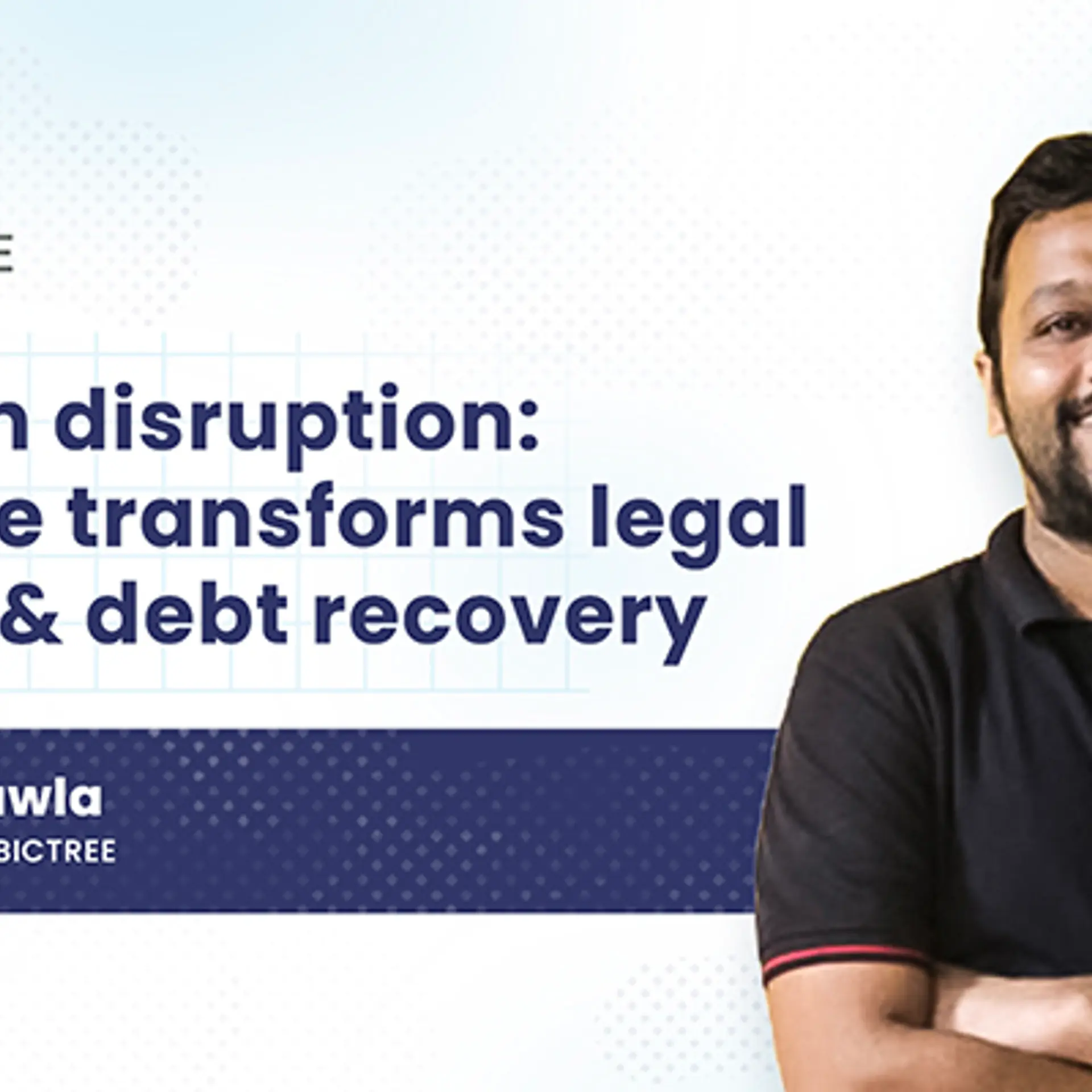How Flipkart is using automation to deliver your products on time
The tech-dominated supply chain and logistics network built by EKART, a subsidiary of Flipkart, is banking on a range of technologies, including automation and robotics, to create a system that is robust, resilient, and scalable to handle millions of products on a daily basis.
Ecommerce major Flipkart dispatches a million shipments across the country every day. The Walmart-owned online marketplace ensures seamless delivery thanks to robust technology infrastructure in place. And taking its efficiency to the next level are robots.
Flipkart recently introduced robots, or what it calls automatic guided vehicles (AGVs), at its shipment sorting centre in Bengaluru. These rectangular objects move on their own and place packages in designated slots with minimal human intervention.
At present, Flipkart has around 110 AGVs or "cobots", which can sort 4,500 packages every hour, compared to the earlier 500 parcels per hour done manually.
The use of these cobots is just one example of how Flipkart, over the last decade, has consistently built a technology infrastructure for its entire supply chain network, where the core goal is to meet the expectations of its customers.
EKART, the logistics and delivery subsidiary of Flipkart, has been doing this for over a decade now. “Our supply chain network is the backbone that defines our success,” says Krishna Raghavan, Senior Vice-President of EKART Tech.
Handling complexities
The supply chain network is a complex phenomenon, which includes multiple nodes like fulfilment centres, sorting locations, delivery hubs, and the last-mile transit of delivering goods. All these elements have to work in sync to ensure the right product is delivered to the correct address.
This complex web of activity is unseen to the outside world. As Krishna puts it:
“There is a lot of intelligence in the network with computation done behind the scenes.”
However, in a country like India, there is complexity in terms of undertaking product delivery, where sometimes addresses are not found, transport systems are unreliable, and the aftermath of events like bandhs or natural calamities can test even the most organised systems.
EKART, in its initial years, started mimicking the business work flow process to ensure a hassle-free delivery. But over the years, it has built in a lot of intelligence into the system. For example, if there is a natural calamity like floods or a bandh in a particular place, EKART’s systems can automatically decide how to re-route the entire shipment or make other necessary changes without any manual intervention.
According to EKART, the two key benchmarks it always keeps in mind are customer experience and the speed of delivery.
1555265436059.png?fm=png&auto=format)
Krishna Raghavan, Senior Vice-President, EKART Tech.
Also read: These technologies are leading innovation at Flipkart
Krishna says their supply chain network is very different from conventional logistics systems, as they are focused on the B2C segment, which handles everything from mobile phone covers to large refrigerators and sofa sets for a diverse set of customers.
Power of data
Flipkart, with its 150 million registered users, needs to have intelligence built into the system to create that efficiency at scale. Today, EKART has reached a stage where the key differentiating factor is how it can leverage data. Krishna says, “Our core focus has always been on getting the right quality of data so that we can apply the intelligence on them to do that decision making.” In short, it is all about data governance. He adds, “Data is the plumbing for everything.”
Now, technology touches every part of the supply chain - from hand-held devices that can trace items at warehouses to planning the best delivery route.
Krishna says, “To make the right decision, we need to have knowledge of the entire network where interventions are not governed by humans.”
Using robots is just one example where EKART is looking at scaling up the supply chain, which can make it resilient, sustainable, and consistent. “We looked at robotics from the perspective of how we can augment human capability to replicate some of the mundane tasks,” Krishna says.
Last-mile challenges
Along the supply chain infrastructure, last-mile connectivity has been a challenge, much of which centres on delivery personnel. This becomes even more complex as a majority of the workforce is not on the rolls of the company and are contract workers.
For this, EKART has built a unified app that allows last-mile delivery personnel to perform their functions without much hassle, which in turn results in customer satisfaction.
Today, Flipkart sells its products across 80-plus categories, servicing over 20,000 pin codes across the country.
However, the challenge for Flipkart now will be on how it will be able to deliver the same level of service when it brings on the next set of 200 million customers onto its network.
“The fundamental blocks have been built to meet the demand of these next set of customers,” says Krishna confidently.
Key priorities
EKART’s priorities are pretty clear in terms of logistics and supply chain network. It is looking to increase the use of automation, optimise intelligent decision-making technology systems, and lastly, do all of this successfully to meet requirements of scale.
Technology in emerging areas such IoT, robotics, and automation is constantly evolving and will be an integral part of the core piece. “We always take a thoughtful view on what we need to invest in, as we deeply look at the use cases,” Krishna says.
On the kind of technology infrastructure that has been built, he says, “We will get more and more sophisticated, and have reached a stage where our error rates are very low.”







